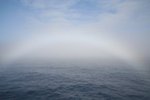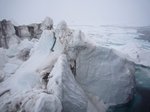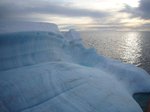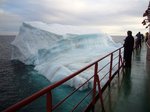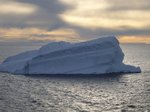
We broke through our first ice after 46 hours
at sea and then we travelled for about 56
hours through ice to get to the North Pole.
The ice got thicker as we got closer to the
North Pole. The landscape was very lunar
like with flat areas of ice and snow with
lots of pressure ridges where the currents
break up the ice and then the ice sheets
knock together. There were more ‘pools’
(exposure of the sea) than I expected, although
all the pools at the North Pole were frozen.
The light blue ice is older ice where the
air bubbles have been compressed out to leave
the pure ice. The brown deposits in the ice
are phytoplankton.
The ship will always try to go across the weakest of the ice and it will always go alongside an open channel instead of down it, as it would just bounce off of either side and rock the ship – whereas opening a channel alongside will then push the broken ice into the open channel. Ships retrace their route back down the channels that they cut on the way to the North Pole
a) it is easier and less bumpy and b) more environmentally friendly.
All scientists agree that there will be no ice at the North Pole at some time in the next 10 years. There are 2 factors affecting this:
A large area at the North Pole and surrounding the North Pole is first year ice and that’s the stuff that melts in the summer because it is so thin, and then it refreezes in the winter. In recent years, it has gradually become thinner because more of it has been melting as the Earth’s temperature rises.
Another cause is the weather phenomenon. For centuries the Arctic ice has drifted and travelled down the coast of Greenland and the north Canadian islands. This past winter, there was a natural weather shift called the Arctic Oscillation, sort of a cold weather cousin to El Nino. That oscillation caused a change in winds and ocean that accelerated a normal flushing of sea ice in the Arctic. That pushed the older thicker sea ice that had been over the North Pole south toward Greenland and eventually out of the Arctic. That left just a thin one-year layer of ice that previously covered part of Siberia.
Icebergs are a not very common and those that we did see had probably drifted up from Franz Josef Land, Greenland or Svalbard.
We also saw some Fog Bows – these are rainbows which are formed in foggy conditions when the sun is shining directly at the fog – the bow is entirely white.
The ship will always try to go across the weakest of the ice and it will always go alongside an open channel instead of down it, as it would just bounce off of either side and rock the ship – whereas opening a channel alongside will then push the broken ice into the open channel. Ships retrace their route back down the channels that they cut on the way to the North Pole
a) it is easier and less bumpy and b) more environmentally friendly.
All scientists agree that there will be no ice at the North Pole at some time in the next 10 years. There are 2 factors affecting this:
A large area at the North Pole and surrounding the North Pole is first year ice and that’s the stuff that melts in the summer because it is so thin, and then it refreezes in the winter. In recent years, it has gradually become thinner because more of it has been melting as the Earth’s temperature rises.
Another cause is the weather phenomenon. For centuries the Arctic ice has drifted and travelled down the coast of Greenland and the north Canadian islands. This past winter, there was a natural weather shift called the Arctic Oscillation, sort of a cold weather cousin to El Nino. That oscillation caused a change in winds and ocean that accelerated a normal flushing of sea ice in the Arctic. That pushed the older thicker sea ice that had been over the North Pole south toward Greenland and eventually out of the Arctic. That left just a thin one-year layer of ice that previously covered part of Siberia.
Icebergs are a not very common and those that we did see had probably drifted up from Franz Josef Land, Greenland or Svalbard.
We also saw some Fog Bows – these are rainbows which are formed in foggy conditions when the sun is shining directly at the fog – the bow is entirely white.










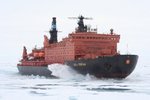
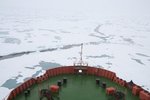
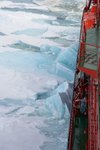
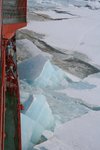
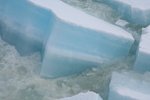
.JPG/img/IMG=_4734(edited)-thumb-150x150.JPG)
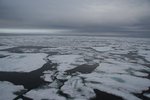
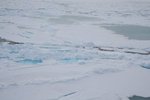
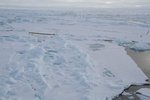
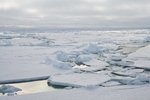
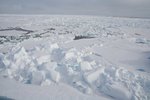
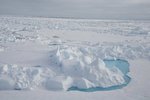
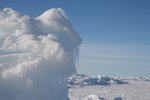
.JPG/img/IMG=_6136(edited)-thumb-150x150.JPG)
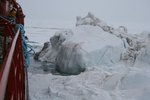
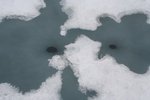
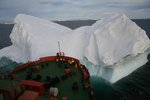
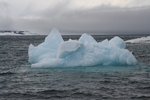
.JPG/img/IMG=_7115(edited)-thumb-150x150.JPG)
